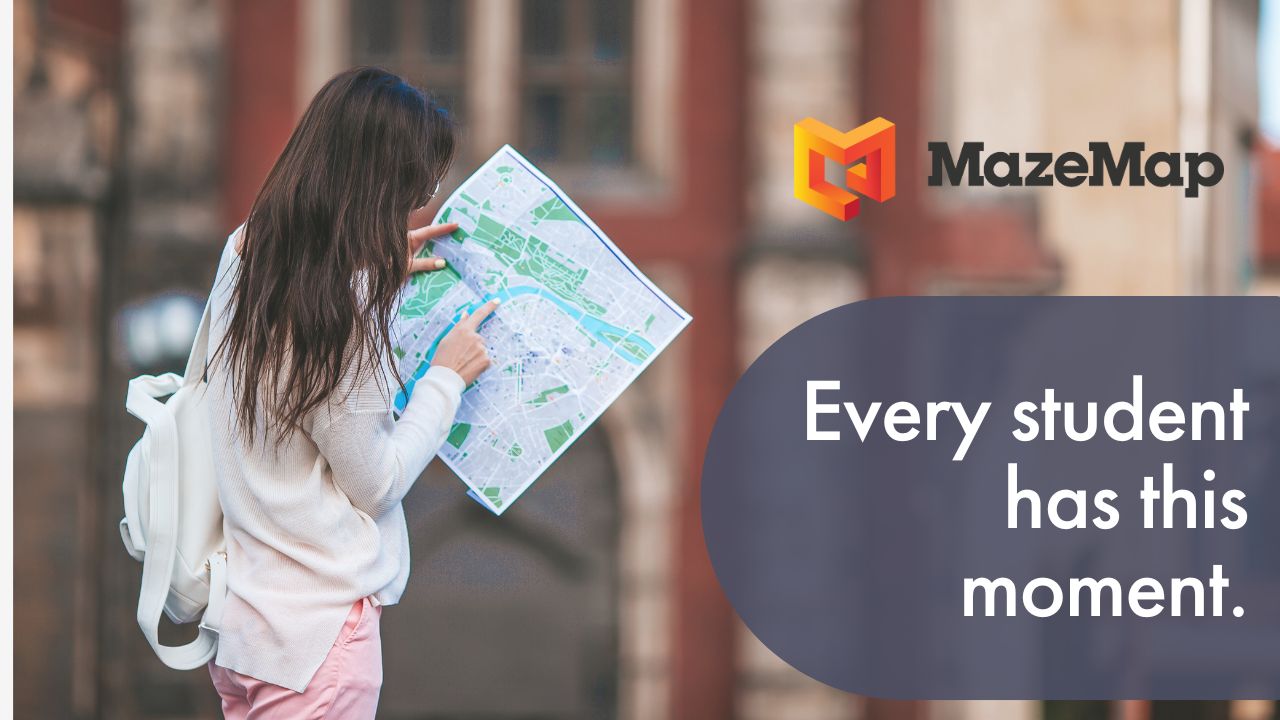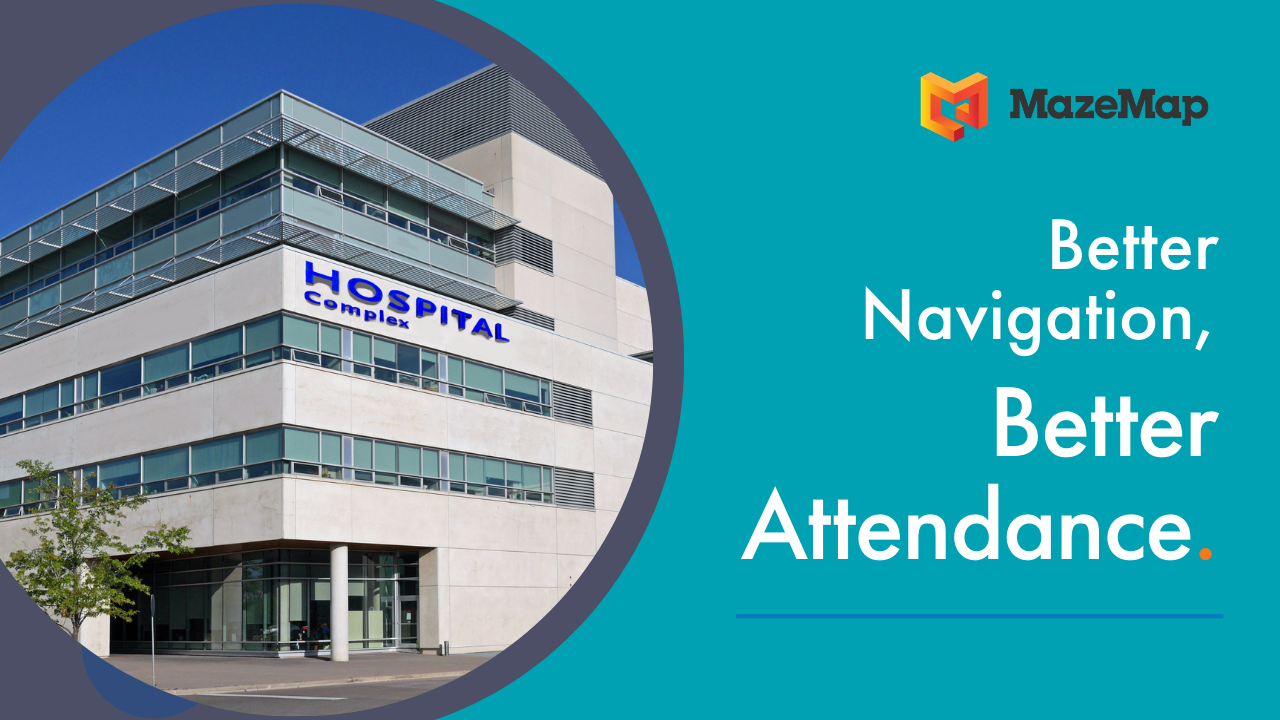With a large chunk of hospital expenditure going towards real estate and utilities, it’s never been more important for estates and facilities managers to find ways to cut costs. Hospital facilities departments are adapting fast by adopting digital twins - a digital model that reflects a physical object, such as a building or asset. Digital twins in a healthcare setting are helping hospitals to get clearer insights into facilities, equipment, staff, and patients.
Using indoor maps to build your digital twin
Indoor maps provide the perfect base on which to overlay building data. Indoor maps can be created automatically from your building floor plans or integrated with your FMS system to offer you an accurate digital picture of your building layouts. You can then choose which data you want to overlay on your map, such as equipment, heatmaps, and temperature data. APIs allow you to create highly tailored, custom integrations to suit your hospital's needs.

Monitor occupancy and optimize building usage
Once you have digital maps in place, they can be incorporated with sensor systems to create a heatmap to see where patients, staff and visitors are concentrated around your hospital. This data provides great insight into which areas are the most well-used in the hospital complex. Underutilized areas are also highlighted, helping you to identify spaces that can be repurposed or restructured, instead of spending money on expansion.
Reduce energy output
When you can see which areas are currently in use, you can use this data to adjust heating and cooling temperatures around the hospital complex accordingly. By integrating your digital maps with Iot, Geothermal Systems and Energy Analysis Software etc., you can get a visual overview on your map of temperatures around the building. Overall, this can help reduce your energy output so that you can cut costs.

Track your assets
A hospital equipment tracking system allows you to keep tabs on where your equipment is distributed around the hospital, saving staff time during a surge. As well as tracking your assets, you can also choose to sync the status of each asset so that you can see what is in-use, what is available, what needs maintenance, what needs repairing, etc. With an asset tracking system like this one, you always know where your equipment is, so you don’t have to spend money on replacing lost equipment.
Track your patients
Digital patient tracking systems allow you to track the progress of individual patients during their time in the hospital. By incorporating this type of system with your digital maps, you can get a clear visual overview of where certain patients are located. This saves healthcare staff time, allowing them to find the right patient as fast as possible. Patients with Dementia or Alzhiemer’s may find themselves lost in the hospital. This can be prevented with a patient tracking system, especially one that has the option to ringfence certain areas to alert staff if the patients leaves the ward.

Predict equipment and capacity needs
A digital twin allows you to not only analyze your capacity data, but also data relating to equipment needs. This data can be input into forecasting software so that you can see predictions of when there might be spikes in demand for beds, equipment, specific drugs, etc. When you have a good visual overview of your equipment, you can assign equipment where it’s needed and cut costs if you find that you can better utilize what you already have.
Ultimately, implementing digital maps opens up so many possibilities for you to create a smart hospital that helps you to reduce your expenditure. If you’re interested in learning more about how MazeMap can help you to set up hospital indoor navigation, get in touch to book a short demo session. To see how MazeMap helped St Olavs Hospital to save over 1.5 million USD yearly, you can read the case study here.











